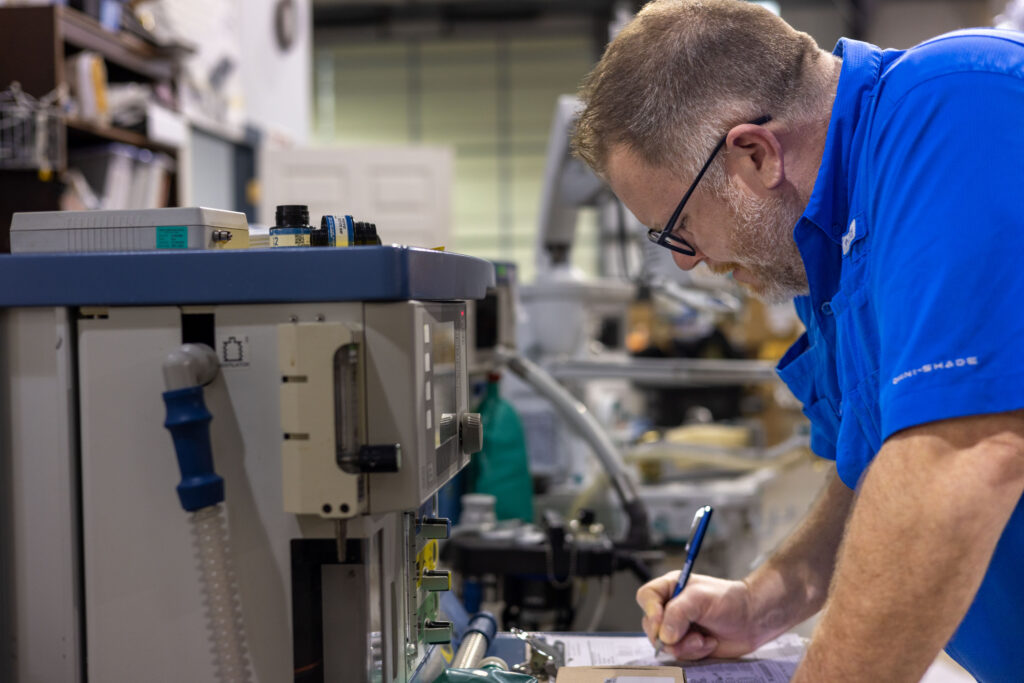Does your practice offer telehealth services?
Since the pandemic, there’s been a significant increase in telehealth appointments. Now, remote patient monitoring services are rising in popularity as well. However, a lot goes into getting a remote system completely set up, and ready to use.
If you’re ready to take your practice’s healthcare infrastructure to the next level, this article is for you. We’ll go over the different aspects to consider when setting up the best program for your patients.
What are the benefits of a remote patient monitoring system, and how can you get one set up today? Read on to find out.
Remote Patient Monitoring System
Remote patient systems give healthcare providers the ability to assist patients outside of their practice. The plans will use electronically transmitted data to assess patients’ vitals while gathering other pertinent information. A lot of patients prefer remote options, as opposed to coming into the office.
It boils down to convenience. About 45% of Americans work remotely from home. It makes sense that they’d prefer remote patient monitoring systems too.
A remote system also gives patients complete control over their health. They’ll be able to easily access information about whatever health conditions they’re dealing with. Well-placed information can help patients identify lifestyle changes that can positively impact their overall well-being.
An example of patient monitoring systems can be found here.
Implementing a New Healthcare Infrastructure
Getting your remote patient monitoring system setup is easier than you might think. First, you’ll need to determine what services you want to provide.
Will you be providing a single monitoring service or a variety of services? Will patients have access to a general practitioner, or can they speak directly to a specialist?
You’ll also need to assess how difficult your system will be for new users. The ideal remote system will be intuitive, making it easy for patients to navigate independently.
Take into consideration the integration of other software systems that your system will be working with. You should have ease of use at the forefront of your mind through each development process step.
Use a Value-Based Model
You’ll find that remote systems make retaining and attracting more patients easier. However, you’ll need a value-based care plan.
A value-based care pricing model will incentivize your practice based on patients’ quality of service. You’ll be able to guide your organization in the right direction without sacrificing the patient experience.
Coding and Billing
Your new remote patient monitoring system needs to support the latest coding and billing trends. Your software should handle large amounts of data at fast speeds to keep up with demand.
Some organizations do better with a full-service program, whereas other practices enjoy a self-managed program. Once you know what program is right for your organization, you can start thinking about patient buy-in.
Encouraging Patient Buy-in
A remote patient monitoring program can only be as successful as its engagement rates. If patients aren’t using the system, it won’t be effective. To encourage patients, you’ll need to educate your patients on the value that the remote system can provide.
One of the best ways to strengthen patient adaptation is by clearly defining what remote patient monitoring is. Being able to clearly describe what the system is and how it works will help build user confidence.
You’ll also want to provide clear instructions on how to use the monitoring system with multiple devices. Patients should feel comfortable accessing their information from a tablet, smartphone, or laptop.
Another way to encourage engagement is by providing information about your monitoring system online. Update your company’s blog with fresh content. The content can describe the nature of your monitoring system, so patients can familiarize themselves with the new technology.
Buy or Lease Monitoring Devices
One of the most significant decisions you’ll have to make is whether you want to buy or lease your remote patient monitoring devices. The right choice will be the one that makes the most sense for your practice. Consider the size of your budget, how big your program will be, and your overall goals.
One of the top benefits of leasing a remote patient monitoring device is having a low upfront cost. On the other hand, buying a remote patient monitoring device can cost you less money in the long run. You’ll be able to avoid any long-term contracts that come with the leasing options.
If this is your first time setting up a remote patient monitoring program, leasing the devices might make the most sense. You’ll be able to get a good feel for how the program is developing and decide what devices you need to add. Over time you can move from leasing the devices to purchasing them.
The overall size of your program will play a significant role in how many devices you can afford to buy. If you have a large-scale program, the initial investment for monitoring devices may be too substantial.
However, keep the bigger picture in mind. You can have a significant return on investment on your monitoring system. You just have to be willing to wait as patients become accustomed to the new way of doing things.
Set up a System That Works
There are numerous benefits to setting up a remote patient monitoring system. Here at Heartland Medical, we pride ourselves on providing top-of-the-line medical equipment. Our team is committed to providing quality service for a wide range of equipment.
Did you need information about a specific type of medical equipment? We have over 150 years of combined experience, and our staff will be able to answer whatever questions you might have. Reach out to us today and let us know how we can help you.
"*" indicates required fields




